What is Stenting?
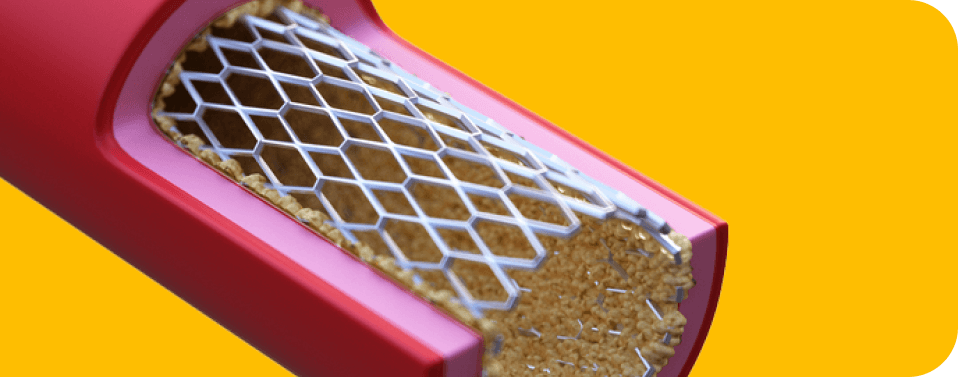
What is Stenting?
A stenting procedure involves the placement of a small metal or mesh tube into a narrowed or blocked blood vessel. This results in the restoration of blood flow. The stent acts as a scaffold, keeping the blood vessel open and preventing it from collapsing or becoming blocked again. This procedure is commonly used in the treatment of arterial and venous disease.

What are the Benefits of Stenting?

Minimally invasive treatment

Improves circulation of blood vessels
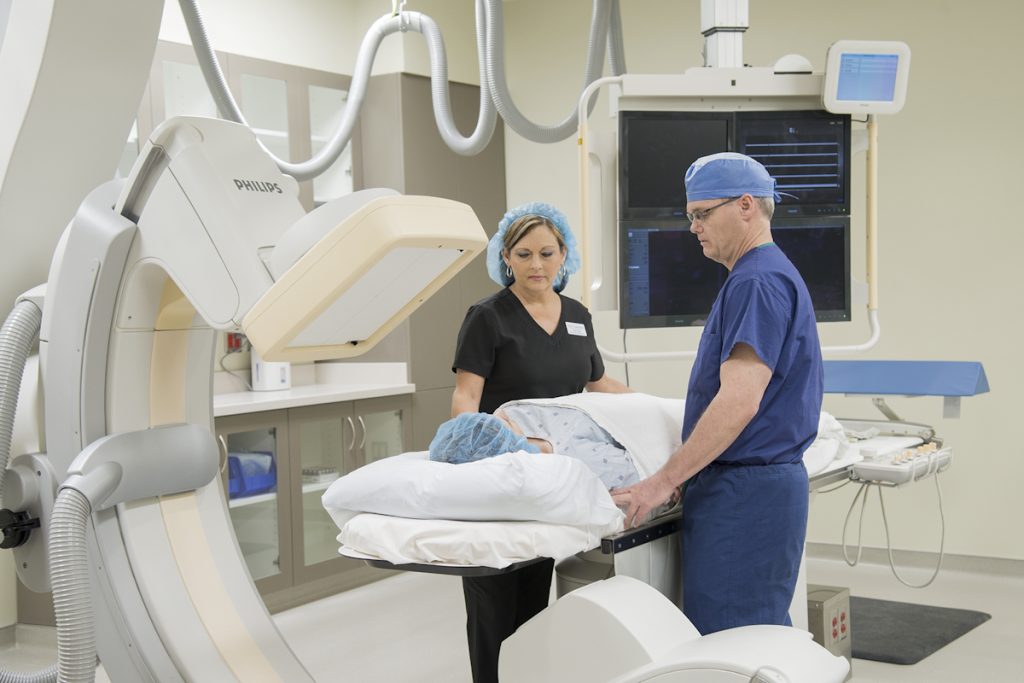
Reduces need for large open vascular surgery
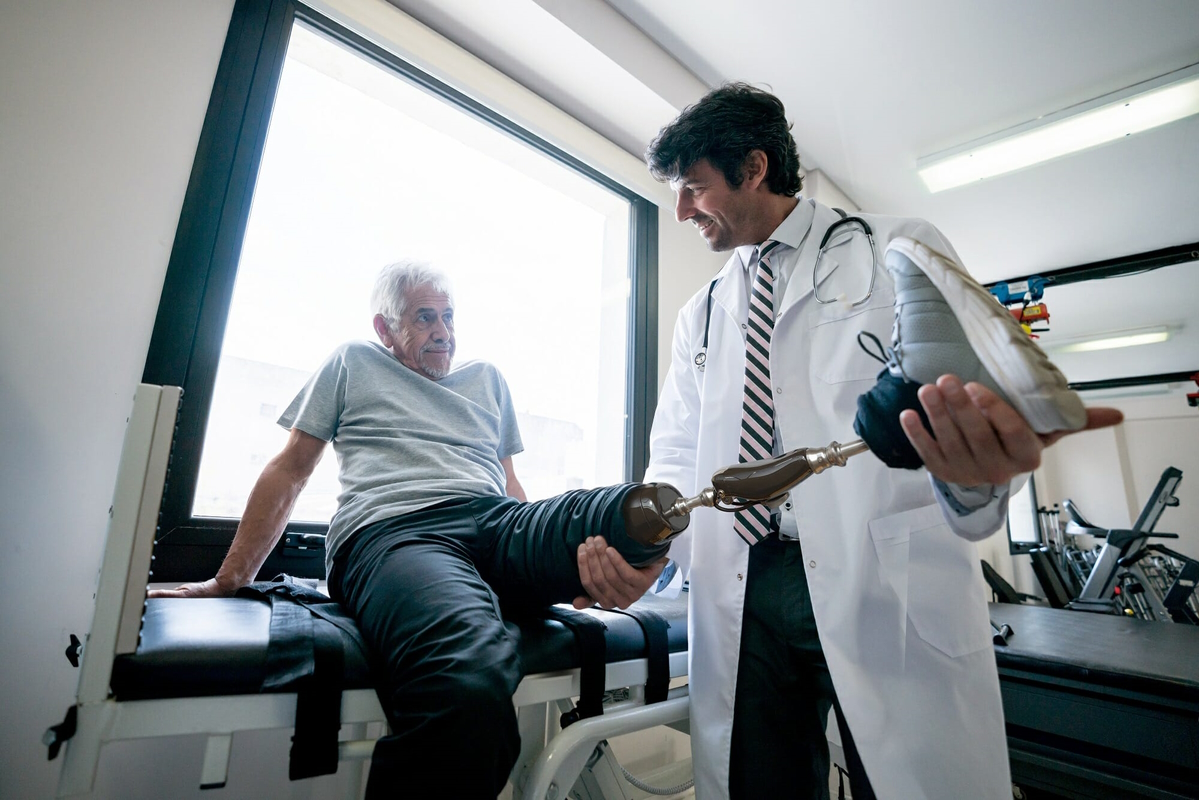
Reduces risk of amputation or limb loss

Minimal downtime and recovery period
What to Expect During a Stenting Treatment
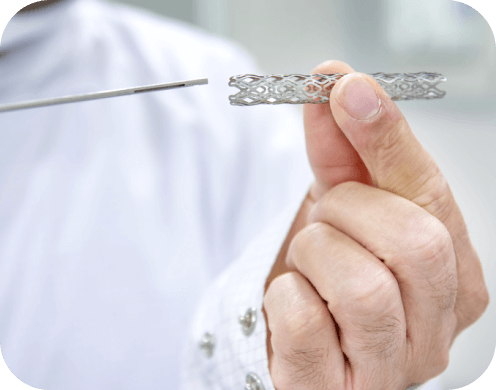
The stenting procedure is performed at a local StrideCare location by one of StrideCare’s board-certified vascular specialists. Before the procedure begins, patients will undergo mild sedation and receive a local anesthetic to the treatment area. Once numb, a tiny incision will be made near the foot or the groin. A small catheter will then be inserted into the body through this incision and lead up to the affected blood vessel. The stent will then be placed into the affected blood vessel and the catheter will carefully be removed.

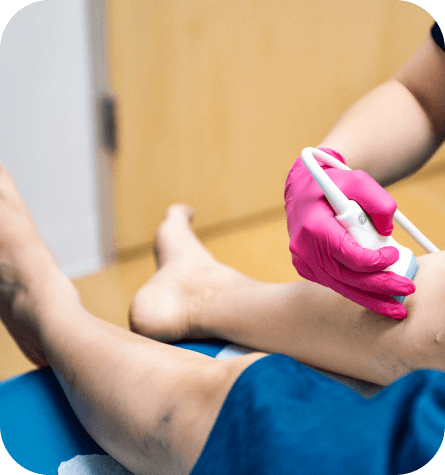
What to Expect After a Stenting Treatment

Following the stenting procedure, patients will remain in the recovery area for 1-2 hours. Patients may experience swelling, bruising, and tenderness around the incision site. This is normal and side effects resolve within a few days of treatment. Patients can return to normal activities a few days after their stenting procedure. Patients are typically able to make a full recovery after 1-2 weeks of treatment. A follow-up visit and diagnostic ultrasound will be scheduled 1-2 weeks after the procedure to ensure healing and document signs of improved circulation.


Is Stenting the Right Treatment?

If an individual has been recently diagnosed with an arterial or venous blockage or narrowing, a stent placed at StrideCare may be the right treatment to reduce symptoms. The best way to find out if stenting is the right treatment is to schedule a consultation with a StrideCare board-certified vascular expert.
What Other Treatments are Available at StrideCare?

Atherectomy
A medical procedure used to remove plaque buildup within arteries. It typically involves inserting a specialized catheter to clear the narrowed artery, improving blood flow.
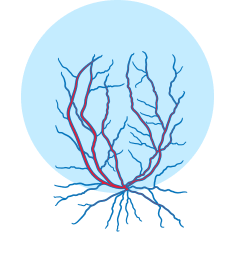
Angiography
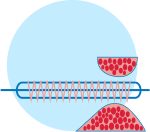
Angioplasty
A minimally invasive procedure that uses a balloon to open up arteries that have narrowed or become blocked.
StrideCare
Patient Reviews
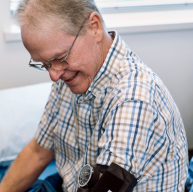

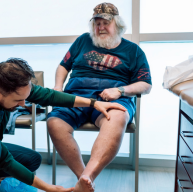
4.89 Average Online Review Score












StrideCare Leverages athenaOne to Enhance Financial and Operational Results, Improve Clinical Workflows
2 Min ReadCASE STUDY: Transitioning all practices onto one united system gives StrideCare invaluable access to data
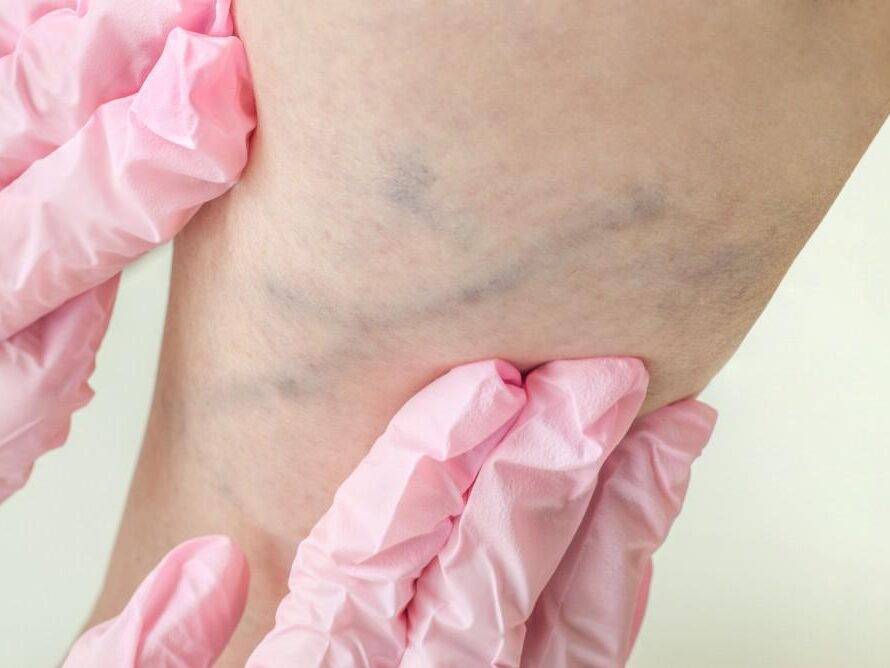
When are Varicose Veins More than Just a Cosmetic Concern?
2 Min ReadLearn about varicose veins, prevention tips, and treatment options from StrideCare’s vein specialists in Texas.
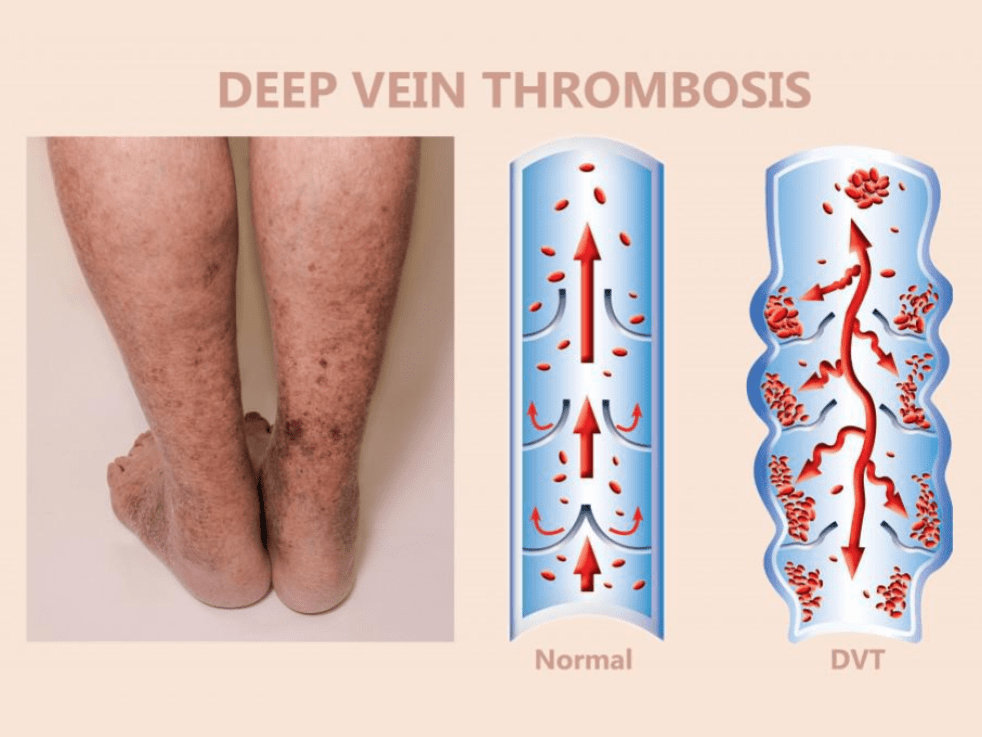
Puffy Legs are One of the First Signs of Deep Vein Thrombosis
3 Min ReadLearn the symptoms of deep vein thrombosis (DVT) and seek immediate evaluation at StrideCare for expert care and treatment.


